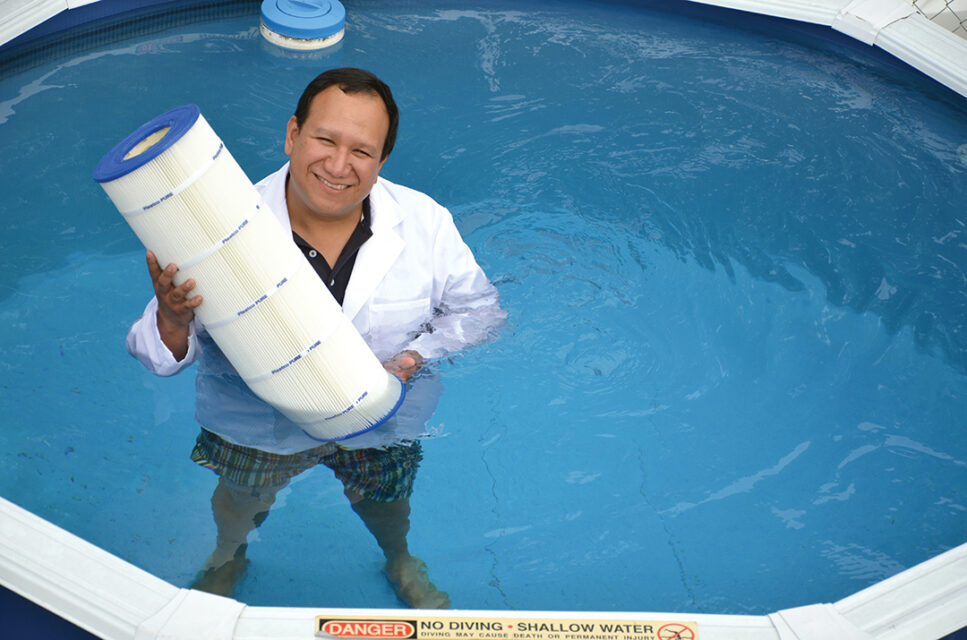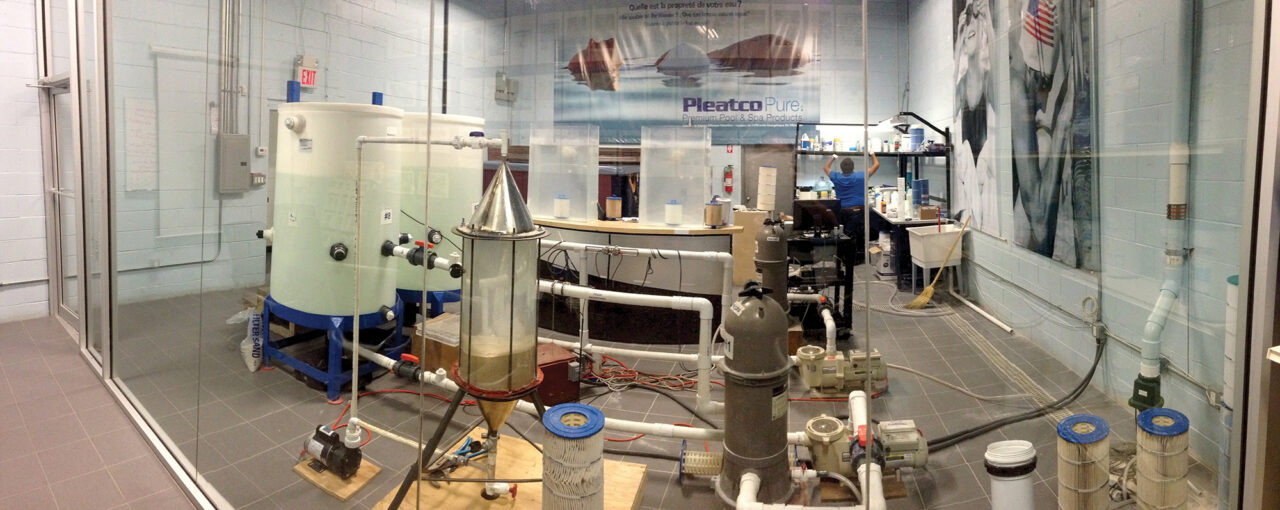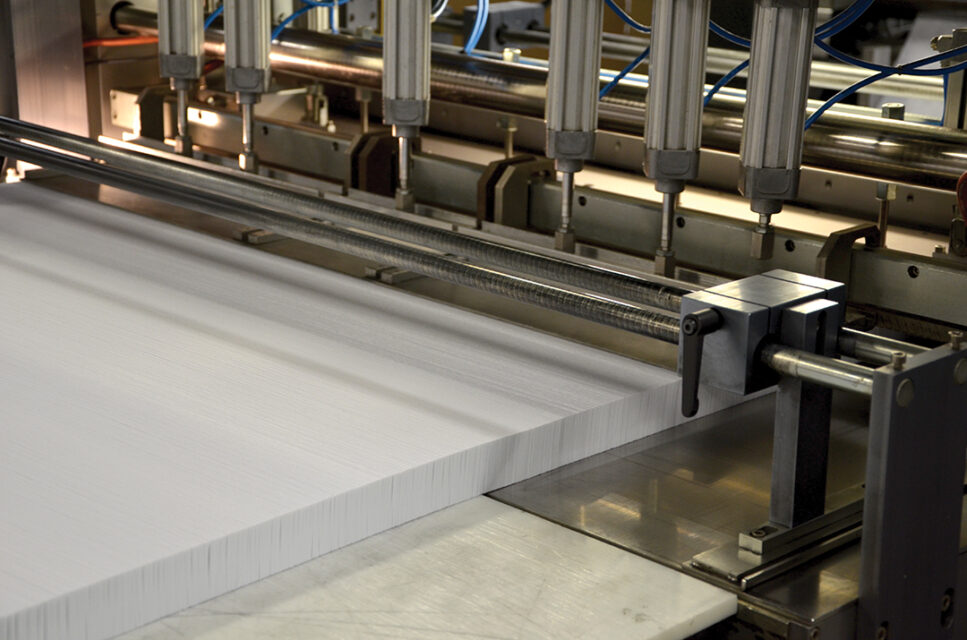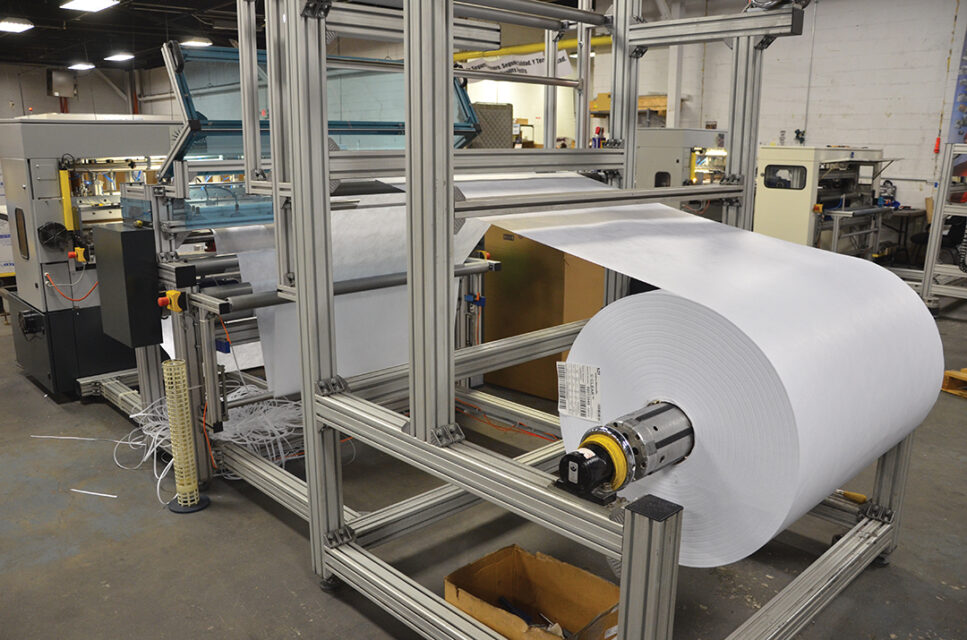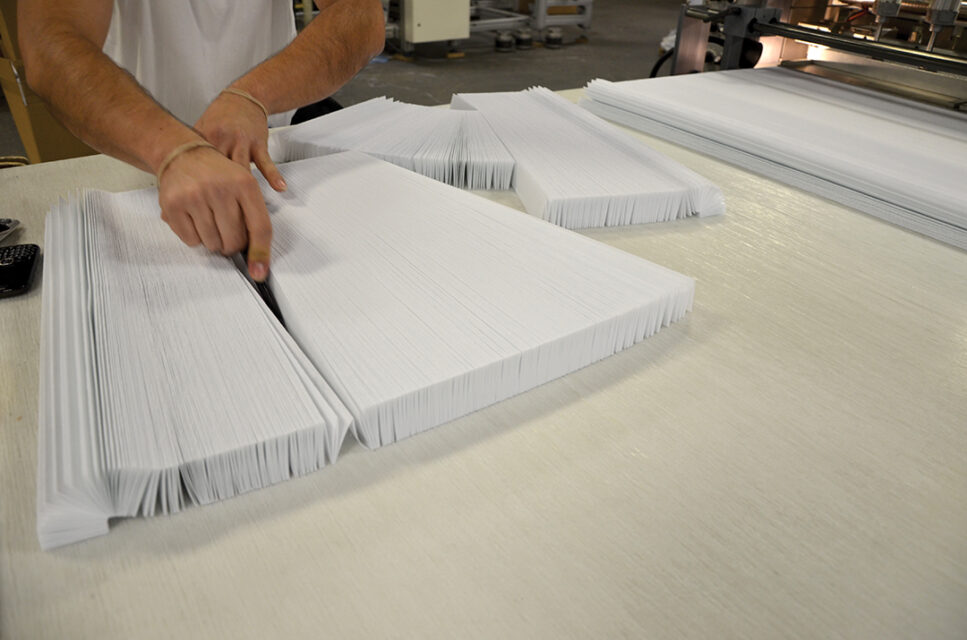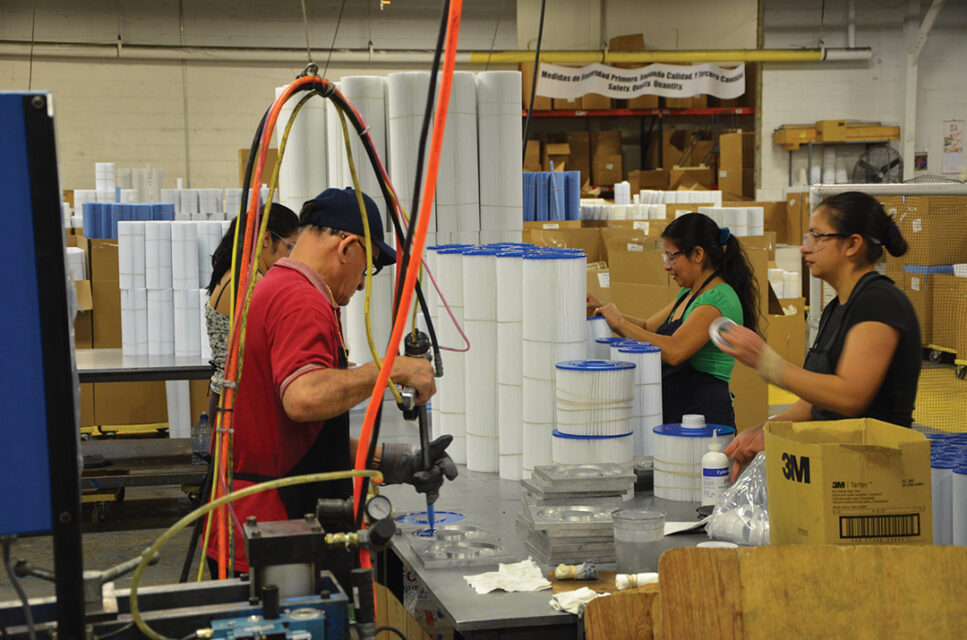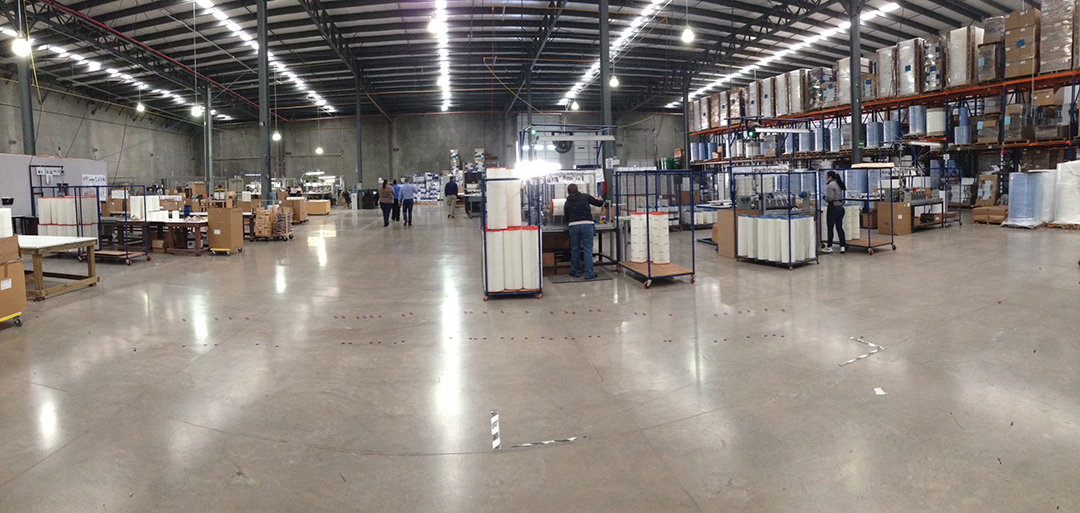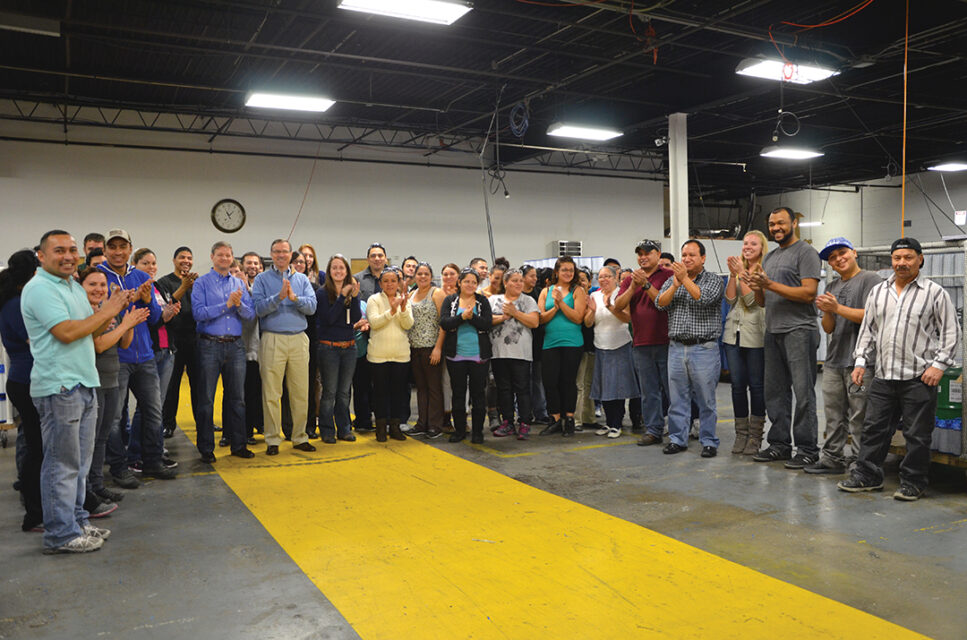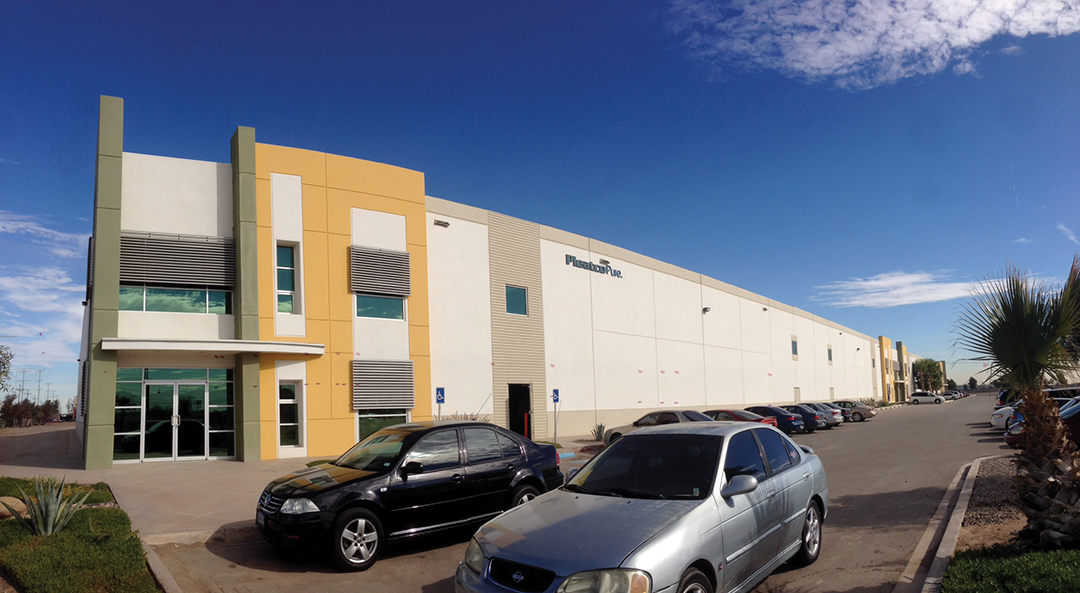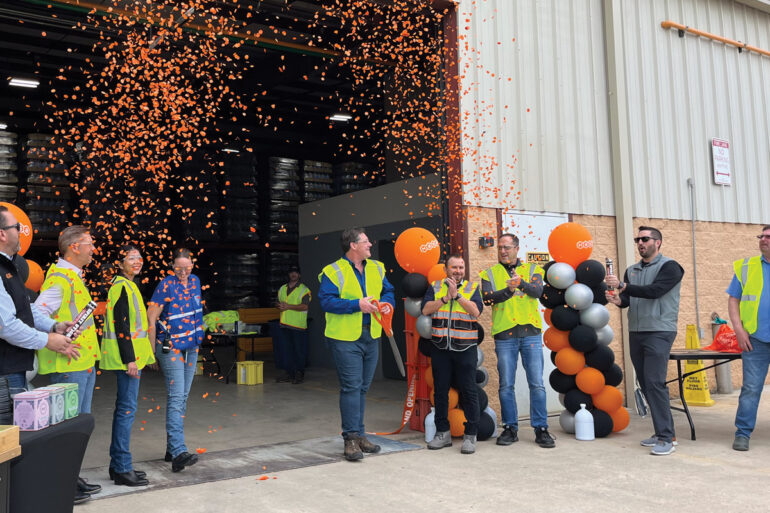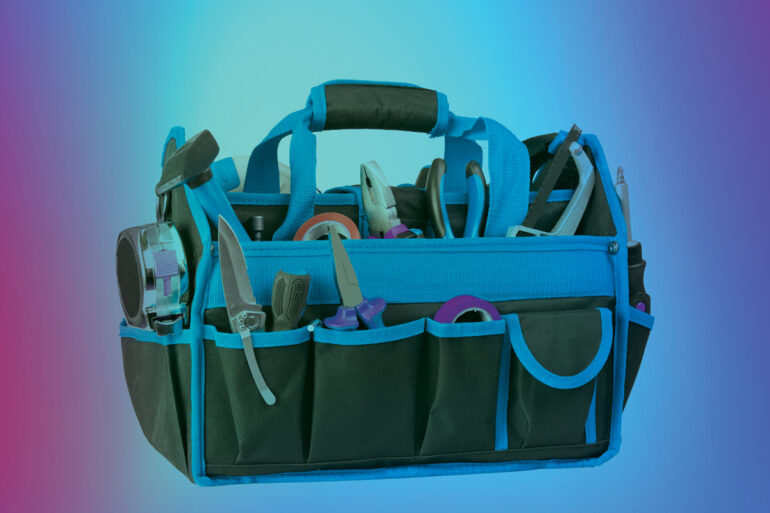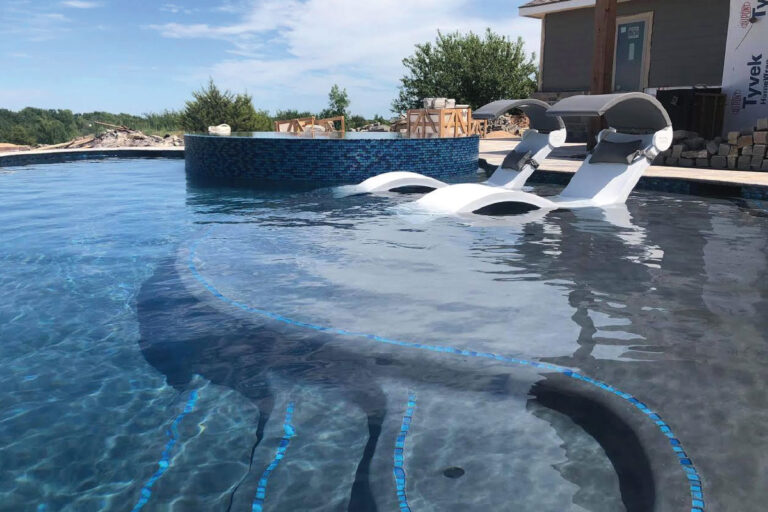Pleatco’s People
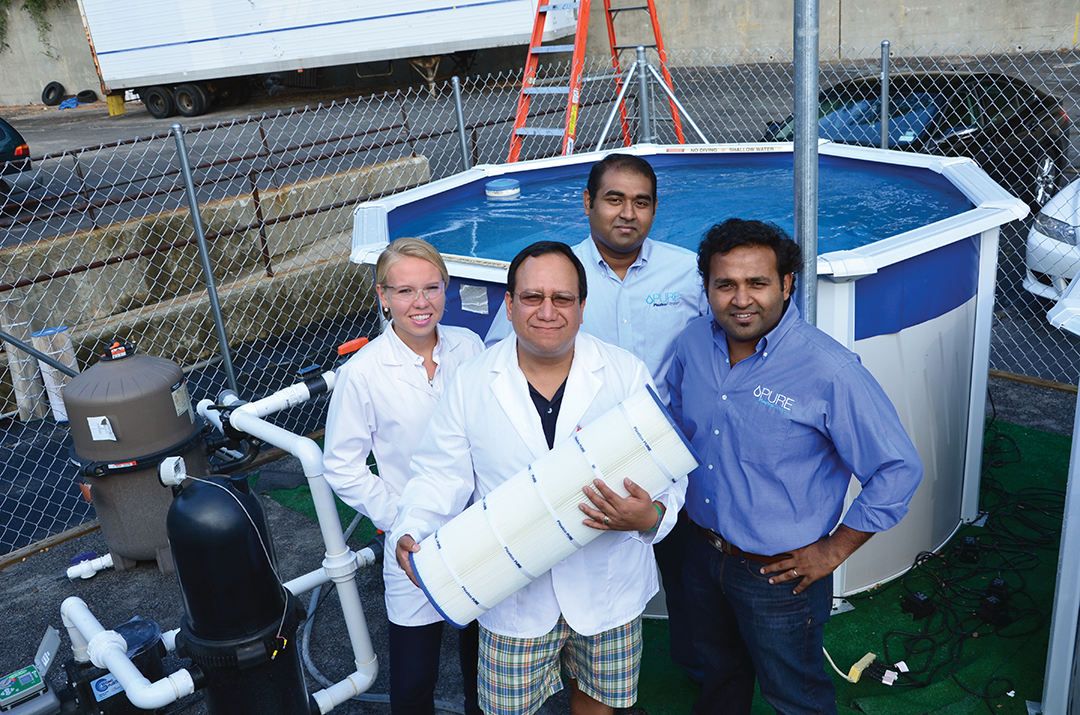
Consider the lowly filter cartridge. If you’ve been in the industry for awhile, you know that in the last few years, filters have gotten more than their share of buzz. For a filter to have any buzz is abnormal, but the folks at Pleatco think filters are anything but lowly. They’ve made it their mission to bring cartridge filters to the forefront of water filtration, not just with marketing blurbs but with innovation. “We prefer to not think of ourselves as only in the cartridge-filter business,” says Battista Remati, chief marketing officer at Pleatco. “We really see ourselves as being in the clean-water business.”
When Pleatco’s CEO Howard Smith and his partners considered purchasing Pleatco seven years ago, he wasn’t even sure what a filter cartridge was. Having Googled the product after a phone call with his attorney, Smith then called the man who serviced his swimming pool to find out what he had in his own backyard. He may not have had any experience in the pool industry, but he recognized a good opportunity.
“It was a nice company,” Smith says, “but there was lots of room for growth, lots of room to bring engineering and technology into the business, lots of room to improve on the manufacturing processes and improve on the systems and information technology — and to build a world-class team.”
Pleatco’s latest advancement is its Pleatco Advanced filtration cartridge. For the second time in as many years, the company has introduced a new filter media. A lesson in how that filter came to be, and how it is manufactured, is a lesson in the vision and heart of the entire company.
“We always have something fresh; we always have something new,” Smith says. “And it’s not just to come out with something new. It’s because it’s the right thing for the industry and for our customers. So whether it’s new product offerings, ancillary products or new technologies, it’s all about giving our customers the products that they should be selling to their customers.”
Before anything new hits the Pleatco production line, it undergoes rigorous testing: It all starts with the spec, says Richard Medina, senior vice president of engineering. “What is it that we are looking for? What is it that we want?” Medina says. “What are the ideal characteristics of the filter and filter fabric?”
But before fabric testing even begins, Medina and his team spend time investigating the fabric suppliers, visiting their factories and attending filtration conferences. “Believe me, we sampled a whole host of fabrics to come to where we are now,” Medina says. “We did all this with the goal of producing a better media for our product.”
When a new fabric comes in, Pleatco director of research Abhilash Pillai puts it “through the ringer,” at Pleatco’s in-house lab, Medina says.
“We have our own setup that we know left, right, backwards and forwards — and we know the results that it produces,” Medina says. “Every potential fabric that we receive has to go through this testing. There’s some criteria that we look for: How quickly does it filter? How good is it at reducing turbidity, meaning how quickly does the pool clear up or how quickly does water clear up? We have to have good numbers there in order for us to move into the next step.”
If a filter performs well enough in the initial testing, the next step is determining how well it behaves during service and if it can be reused. Then testing ramps up.
“We put it onto our pools,” Medina says. “If we’re happy with the results, we ask our partners who we have good relationships to test it out.”
Of course, a filter fabric used in another industry isn’t always ready to be dropped into water. “We have to ask the manufacturers to change fabrics, tweak fabrics, so we can get the ideal properties from them,” Medina says. “In the case of the [Pleatco Advanced] fabric, we wound up getting very close with something that was supplied. So this material was already present in the automotive industry, then we went ahead and we placed some additional criteria on it to make it work for us.”
Once a fabric has the stamp of approval from Medina and his team, like Pleatco Advanced, its first stop in the manufacturing process is the company’s state-of-the-art pleaters, located at Pleatco’s Glen Cove, N.Y., headquarters, and its new manufacturing facility in Mexicali, Mexico.
“The interesting part of Pleatco is how with [Smith’s] leadership we’ve been able to advance within multiple departments at the same time rather than sequentially,” says Mary Bethray, vice president of operations. “We’ve gone right away to full-color, full-page advertising, as well as bringing in extremely experienced and knowledgeable staff to help develop processes, overhaul the equipment and eventually invest in a second and third facility. All of this, and all this planning, happened simultaneous rather than sequentially.”
Part of the equipment overhaul was bringing in the pleaters. “It allows us, with an extremely tight tolerance, to cut down to the exact slit width or the length of the cartridge, pleat height of the cartridge as well as number of pleats in line with the pleater,” Bethray says. “That process is very comprehensive, and it’s held within a tight tolerance as well as to exact specifications of each part number.”
So the filtration fabric goes through the pleater where it is not only pleated, but also cut down to size. The now-pleated fabric — similar to fans you folded out of paper as a child — is glued together to form a cylinder. “We’re taking a highly designed and developed glue that’s not affected by water, heat or chemicals, to seam those two lines of media together,” Bethray says.
Next comes the core. Made out of ABS and polypropylene, the core can withstand pressure of up to 30 psi, but Pleatco also inserts a core support “to help provide support under very high pressures,” Bethray says. “If it’s not a variable-speed system, systems occasionally reach very high PSI. It’s a safety feature of our product.”
Unlike the typical drilled PVC you find in the industry, Pleatco’s cores are injection-molded, engineered and designed to give the highest water flow through the cartridge.
“If there’s no open area in a specific space you’re not pulling water through it,” Bethray says. “If you’re not pulling water through that specific area, it’s not using that filtration media. It doesn’t matter how good your filtration media is if you’re not able to use it. So it really all begins with the core and giving the cartridge the potential of filtration. Then the filtration media is what actually provides such a high-quality filter level.”
The cylindrical pleated filter media, or pleat pack, and the core now go through the dispensing process. Urethane and isocyanate, or iso-element, are dispensed as a liquid into a mold made specifically for each product. As it’s dispensed, an exothermic reaction helps the urethane harden — and as it hardens, the pleat pack and core combination is inserted in the mold to create a hard end cap. Different colors of end caps are used to identify products and applications.
The last manufacturing step is for the filter to go through banding. During banding, an 3/18th of an inch wide band is brought through a gluing machine and wrapped around the filter cartridge. It’s a unique process because the band is bathed in glue on both sides to give it the best adhesion to the pleats of the filter cartridge, “which means that in operation, our bands do not come off of the pleats,” Bethray says. “In the industry, one of the classic issues is the bands coming off the pleats. Water flows to the point of least resistance, so without bands the water would cause pleats to clump together — and then only filter water through a few specific pleat depths. If that happens, all the dirt clogs those specific pleats, but it doesn’t utilize all of the other filtration media.”
Once the bands are on, the filter goes through packaging and then is shipped to the customer. And for Pleatco’s customers on the West Coast, their product is now being manufactured and shipped in close proximity.
When Smith purchased Pleatco, he says it was more or less regional, manufacturing and shipping to the Northeast almost exclusively. While its plant in Long Island could handle more volume, it didn’t seem like the best it could do for its customers.
“We needed to have a duplicate facility to service those customers west of the Mississippi,” Smith says. “We’re great at manufacturing, we’re great at turning it around, but if you’re shipping everything from New York to California, at best it’s five or six days.”
The new facility in Mexicali is virtually identical to the headquarters in New York and does the same things there, Medina says. “I personally approve the tooling and all the equipment I’ve set in place,” he adds. “It’s extremely important that the two facilities are as exact as possible, so we know that any improvements we make are done the same way in both. It really helps our repeatability.”
Another area it wanted to mimic was the team atmosphere it had built in Glen Cove, which they started to instill in their new employees when training began.
“One of the things that allowed us to execute that training so efficiently was the use of work area cameras through our facility,” Bethray says. “Every team member was aware of their presence and had a buddy. When training an employee in a specific area of manufacturing at the West Coast facility they had a mirror image employee in New York they knew through Skype. We would sit down and have a Skype conversation with those two employees to help the training process.”
Bethray says it helped give the company’s strict manufacturing process documentation a human element: “To have that kind of interaction was extremely helpful in the process,” she says. “It also helped our two facilities feel like one family.”
Chief financial officer Carl Hubenak says there was a lot of upside in choosing Mexicali for the new facility. It’s in great economic area in Mexico, he says, and the North American Free Trade Agreement makes the laws very favorable to produce there and get it across the border.
At first Pleatco used a third-party broker to transport its filters across the border. But Hubenak says after they learned the ropes and started producing a greater volume, it made more financial sense to do it themselves.
“We started our own distribution center right across the border [from the Mexicali plant],” Hubenak says. “We call it the CDC: the California Distribution Center. It was expensive to use a broker. Now we have control of the freight and are able to hold more inventory without having to pay an inventory charge.”
Further, choosing Mexico allows Pleatco to maintain the quality control that they want to be known for.
“The transition was very well thought-out,” Bethray says. “It wasn’t rushed. There was a high emphasis companywide on making sure the process and product was of the highest quality and up to Pleatco’s quality standards — meaning it was made, shipped and processed just as well as the East Coast. Being able to give such a strong message to the team [in Mexicali] was pivotal in helping them understand that it’s quality first and then quantity.”
But it wasn’t just logistics and growth that prompted Pleatco to build the new plant; it also provides a catastrophe backup plan.
“It’s an insurance policy,” Smith says, adding that being so close to the water (only a couple hundred yards) was nerve-wracking when Hurricane Sandy hit. “If it were not for a foot of space between our building and where the water came up,” he says, “we would’ve been out of business. Having the duplicate facility really mitigates a bunch of risk.”
It’s rare to hear several people from the same company speak with the same level of excitement about their jobs. Smith says its secret weapon is its people, and that he is particularly proud of the way its team has mutual goals. “People want to do business with successful companies, and success is contagious,” he says. “I think that’s part of why we’ve been able to grow.”
Medina says Pleatco is given carte blanche to come up with new and exciting things. “We are continuing to test; we’re continuing to explore; we’re always trying to get better,” he says. “I’m sure that we’ll have something interesting for the trade show in 2014.”
“Pleatco has really positioned itself to continue to be the leader in the industry,” Hubenak says. Even from the financial end, everything is done on a quality basis. We have our systems in great shape; we have great personnel; and the company is funded nicely to take this thing to a whole other level. We’re excited about the opportunities it’s going to create for a lot of folks in the industry.”


